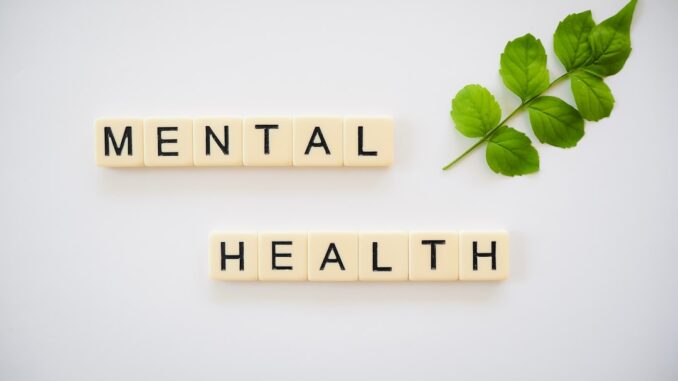
Summary
This article explores the link between excessive screen time and psychological distress in adolescents. It examines recent research highlighting the detrimental effects of prolonged screen use on mental well-being, particularly for leisure activities. The article also discusses the potential benefits of moderate screen time for educational purposes and emphasizes the importance of balancing screen time with other activities.
Reliability and uptime matter in healthcare TrueNAS provides 24/7 support when it counts.
** Main Story**
Screen Time and Teen Mental Health: A Balancing Act
Let’s be honest, teenagers today are practically glued to their screens. I mean, who isn’t these days, right? But for adolescents, this constant connection has sparked a real concern: is all that screen time actually hurting their mental health?
Recent studies are starting to paint a pretty concerning picture. There seems to be a link between the hours spent online and the levels of psychological distress felt by young people. So, what’s the deal?
The Downside of Too Much Screen Time
One study, published in the Journal of Adolescent Health, found that teens who clocked more than three hours a day on screens for stuff like video games or endless social media scrolling were more likely to experience things like anxiety, depression, and social withdrawal. And get this—the study emphasized a dose-response relationship. Basically, the more time spent on screens, the higher the risk. Every extra hour playing video games? Apparently, that correlated with a 3% jump in psychological distress. Yikes!
Another study, this time from Yale University, highlighted a connection between excessive screen time and “internalizing problems” in youth. Think depression, anxiety, social anxiety… all the fun stuff. They found that kids who were always on their devices tended to have higher levels of these issues than those who weren’t constantly plugged in.
But is all screen time bad? Not necessarily…
When Screens Help: The Educational Exception
Now, here’s where it gets interesting. That same Journal of Adolescent Health study also found that moderate screen time (around an hour to two hours) for educational purposes—like online classes or homework—didn’t seem to increase the risk of psychological distress. It might even offer some benefits! It really boils down to what you’re doing on that screen, doesn’t it?
The Real World Matters, Too
Experts believe that one of the big problems with too much screen time is that it pushes out other important stuff. I’m talking about socializing, exercise, and just generally spending time outdoors. Those activities are crucial for a healthy mind. Think about it; when those things are replaced by hours spent alone staring at a screen, you end up with feelings of isolation and loneliness. Add in the social comparison and cyberbullying that can happen on social media, and you’ve got a recipe for psychological distress.
I remember when my younger cousin was really struggling with her mental health. She was spending almost all her free time online, comparing herself to influencers and getting caught up in online drama. It wasn’t until she started limiting her screen time and getting involved in sports that she really started to feel better. She still uses her phone, but now it’s more balanced.
Finding the Right Balance: What Can We Do?
So, what can we do to help? It’s essential for parents, teachers, and healthcare pros to team up and promote healthy screen habits. Finding that balance between screen time and other activities, like sports, hobbies, and face-to-face interactions, is crucial. It’s also important to create an environment where young people feel comfortable talking about their mental health and have access to support systems.
Remember that today’s date is February 23, 2025, and this information is current as of today’s date. Future research will likely uncover even more about this evolving issue.
Tech to the Rescue: New Medical Advances
Speaking of evolving issues, it’s not all doom and gloom! While screens can contribute to mental health problems, technology is also playing a role in solving them. For instance, Transcranial Magnetic Stimulation (TMS) therapy is showing real promise in treating major depressive disorder in teens. NeuroStar TMS, for example, has received FDA clearance as a first-line treatment for adolescents with MDD. It’s non-invasive, which is a huge plus. Another treatment option that is seeing progress is medications, but with a much younger age being prescribed these treatments doctors must consider the risk involved with this treatment.
Also, virtual reality (VR) and augmented reality (AR) are finding their way into mental health therapies. These immersive technologies can create controlled environments for exposure therapy, stress reduction exercises, and even boost cognitive behavioral therapy (CBT). I find that fascinating, and it shows how tech isn’t just a problem; it can be part of the solution.
Ultimately, it’s about being mindful and finding a healthy balance. The key, as with most things in life, is moderation.


So, we’re blaming screens for teen angst now? Are we forgetting the existential dread that came *without* TikTok? Maybe those studies should control for, like, the actual state of the world teenagers are inheriting? Just a thought.
That’s a great point! It’s definitely more nuanced than simply blaming screens. The studies should consider the broader context of what teens are facing today. Economic pressures, social issues, and future uncertainty all play a significant role in their well-being. It is a balancing act, and the challenges of the world today must be part of that.
Editor: MedTechNews.Uk
Thank you to our Sponsor Esdebe